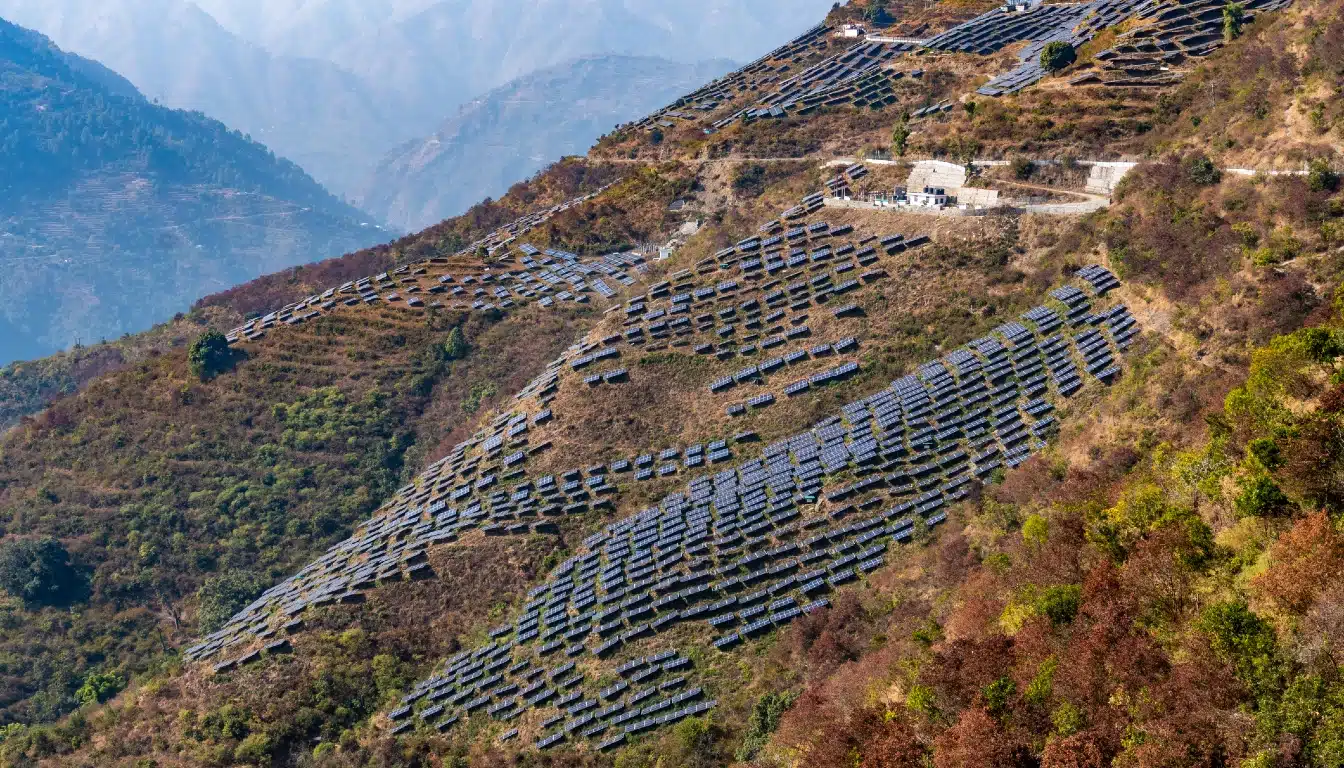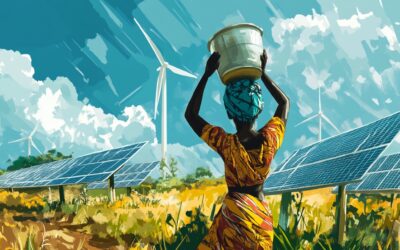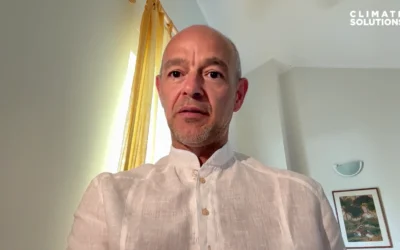India has achieved over 50% of its installed power capacity from non-fossil fuel sources ahead of its 2030 goal, with 484.82 GW total capacity. Rapid solar and wind expansion drives growth despite continued coal reliance for supply security.
India has achieved a landmark milestone in its clean energy transition by surpassing 50% of its total installed power capacity from non-fossil fuel sources, five years ahead of its 2030 target. This milestone, marking a total installed electricity capacity of 484.82 gigawatts (GW), includes 242.78 GW from non-fossil fuels encompassing renewables, large hydro, and nuclear power. The achievement is hailed as a major shift in India’s energy landscape, underscoring the nation’s commitment to a sustainable and climate-resilient growth trajectory under the leadership of Prime Minister Narendra Modi.
This accelerated transition has been driven by the rapid expansion of solar parks, wind corridors, and green hydrogen initiatives, supported by policy frameworks, incentives, and domestic manufacturing encouragements designed to reduce dependency on coal imports and enhance energy security. Over the past decade, solar capacity alone has seen a 4,000% increase, and government-backed schemes such as the Pradhan Mantri Kisan Urja Suraksha evam Utthaan Mahabhiyan (PM-KUSUM), PM Surya Ghar: Muft Bijli Yojana, and the National Wind-Solar Hybrid Policy have played crucial roles in accelerating renewable adoption. Notably, rooftop solar initiatives have reached about 10 million households, reflecting widespread public participation.
Despite these strides in capacity additions—184.62 GW in renewables, 49.38 GW in large hydro, and 8.78 GW in nuclear as of mid-2025—the actual generation of electricity from renewables still lags behind fossil fuels. In 2024, coal accounted for around 1,517.9 terawatt-hours (TWh) out of a total 2,030 TWh generated nationwide, whereas renewables produced only about 240.5 TWh. This disparity stems largely from the challenges of grid integration, storage limitations, and ongoing demand growth, which is projected to triple by 2050. Consequently, India plans to continue expanding coal-fired capacity by up to 80 GW by 2032 to ensure supply reliability amid rising electricity consumption.
India’s renewable energy capacity growth has accelerated notably in recent years, with record additions of 28 GW in wind and solar in 2024, and a further 16.3 GW in the first five months of 2025. Large-scale investments exceeding $81 billion over the past decade, combined with declining costs—solar power now costs roughly half that of new coal power—have made clean energy more economically competitive. Nonetheless, experts highlight that achieving cleaner generation will require overcoming financial strains on state utilities and integrating storage and recycling technologies to stabilize supply.
While India’s leadership claims this progress positions the country as a global example for emerging economies pursuing clean energy, some controversies cloud the sector, including bribery allegations against leaders of major solar companies, though these have been denied. Moreover, the continued reliance on coal and the reopening of mines by Coal India illustrate the complex balancing act India faces between development needs and climate commitments.
This milestone bolsters its ambitions to reach 500 GW of non-fossil fuel capacity by 2030 and achieve net-zero emissions by 2070. The government asserts that these achievements highlight India as one of the few G20 nations on track to meet or exceed its climate goals, offering inspiration to other emerging economies grappling with energy security and sustainability challenges.




